We fence our homes for various reasons, including security, privacy, noise reduction, landscape production, and weather protection. However, do fences offer more than their practical functionalities?
Yes, your fence can make your home more aesthetically appealing, but how can you achieve that? Consider planting plants along it.
Flowers and shrubs will help create a harmonious and visually appealing outdoor space, transforming your home into a lush, vibrant area.
However, choose your plants wisely depending on the look you are going for and the type of fence you have. For instance, unless you add wires or trellises for climbers to cling to on your solid wood fence, go for shrubs.
Stick around to learn more.
What To Plant Along The Fence Line: 14 Excellent Choices
Check out these excellent plants for your fence line below.
1. Clematis
Clematis is a climbing plant best known for its stunning, large, colorful flowers, but that’s not all; it also adds some green delight to your home. With proper care and attention, clematis can make your fence eye-catching.
However, exercise patience since this plant takes a year or two to establish and start producing abundant blooms.
Also, install a trellis, wireframe, or other suitable support structure near the fence to give the clematis something to cling to as it grows.
Hardiness zones: 4-8
Related Posts:
- Best Climbing Plants for Trellis, Pergola or Fence
- Fast Growing Shrubs and Bushes For Creating Privacy
- Best Shrubs For Front of House to Boost Your Curb Appeal
- Small Trees With Non-Invasive Roots For Front Yard
2. Climbing Roses
Plant climbing roses along your fence line for a beautiful, romantic backdrop to your home. Popular varieties include Blaze, New Dawn, and Climbing Peace.
Regardless of your choice, provide your climbing roses with sturdy support structures like a trellis or arbor for stability and plenty of horizontal and vertical support.
Your climbing roses will establish and reach their full potential in a couple of years. However, while you will have to wait for a while, they will eventually reward you with a profusion of beautiful blooms along your fence line, adding charm and elegance to your garden.
Hardiness zones: 5-9
Read More:
3. Foxglove
Foxglove (Digitalis purpurea) stands out as an exceptional choice for planting along a fence line, effortlessly combining aesthetic appeal with practical benefits. With its majestic spires of tubular blossoms in various captivating hues, including pink, purple, and white, foxglove transforms a simple fence into a vibrant and enchanting border.
The plant’s towering height adds vertical interest, creating a visually striking backdrop while offering a touch of privacy. Beyond its ornamental value, foxglove attracts beneficial pollinators such as bees, fostering a thriving ecosystem in your garden. Known for its adaptability to different soil types and minimal maintenance requirements, foxglove proves to be a resilient and easy-to-care-for plant, making it an ideal choice for those seeking a charming, low-effort fence embellishment.
Hardiness zones: 4-9
4. Morning Glory
If you don’t have the patience to wait for your plants to reach maturity, go for morning glory since it is fast growing. This plant will quickly cover your fence line with vibrant trumpet-shaped flowers in white, pink, purple, or blue colors.
Morning glories produce numerous blooms all through the growing season, offering a beautiful display of flowers and a whimsical touch to your fence line.
Since morning glories are twining vines, they naturally wrap themselves around objects as they grow. Therefore, encourage upward growth and keep them off the ground by providing support structures.
Hardiness zones: 2-11
Read More:
5. Panicle Hydrangea
Panicle Hydrangea (Hydrangea paniculata) is an excellent choice for planting along the fence line. Known for its versatility and hardiness, this deciduous shrub features large, cone-shaped flower clusters that bloom in summer and gradually change color through the fall, offering visual interest throughout the seasons.
Panicle Hydrangeas are low-maintenance and adaptable to various soil conditions. They can withstand both full sun and partial shade, making them ideal for fence line planting where sunlight conditions may vary.
With a moderate growth rate, these hydrangeas can reach a height of 8 to 15 feet, providing an attractive and dense border along the fence. Their upright and bushy form adds privacy and creates a beautiful backdrop for the garden or yard.
Additionally, Panicle Hydrangeas are relatively pest and disease-resistant, making them a reliable and aesthetically pleasing choice for fence line landscaping.
Hardiness zones: 3-8
6. Holly
Planting holly along your fence line can provide an attractive evergreen backdrop. However, that’s not all; it also offers year-round interest and festive charm, thanks to its distinctive red berries during winter.
Use hollies to break the monotony of your solid fences. Consider the size, foliage, and berry production when selecting the type of holly to plant.
Plant female and male holly plants if you want holly berries. Alternatively, choose a holly variety that doesn’t need a male plant to produce berries.
Hardiness zones: 5-9.
7. Ivy
Soften the harsh lines of your fence and add a touch of natural beauty to your home with this classic climbing plant. It may be an oldie, but its trailing vines and lush green foliage create a visually appealing and classic look.
Apart from making your landscape more welcoming and organic, ivy can be an effective natural screen if you train it to cover your fence since it can grow densely. This living barrier will protect you from the intruding eyes of neighbors and passersby.
Hardiness zones: 4-13
8. Arborvitae
Arborvitae will enhance the beauty and functionality of your outdoor space and also provide year-round greenery and natural screening.
Plant it closely together along your fence line for a great privacy screen. Its thick foliage forms a barrier that discourages trespassers or unwanted wildlife from entering your property.
Read More: Landscaping Plants That Look Good Year Round
As an evergreen, arborvitae keeps green foliage all year round, even in winter. Furthermore, this plant’s dense growth can dampen noise from the streets and neighbors and serve as a windbreaker.
Hardiness zones: 3-8
9. Cherry Laurel
This is another plant that offers an effective privacy screen, shielding your yard from the view of neighbors or passersby.
However, avoid this low-maintenance shrub if you have pets and kids since it can be toxic if ingested. Also, some regions consider it an invasive plant.
Cherry laurel retains its green foliage throughout the year, ensuring your fence line remains attractive and provides privacy, even in winter.
The glossy, dark green leaves of cherry laurel provide a lush and attractive backdrop for your landscape.
Hardiness zones: 4-9
10. Curtain Creeper
The most appealing qualities of this plant are its cascading growth habit and colorful flowers. When curtain creeper covers your fence line, it creates a visually appealing, natural curtain-like effect, which can also be quite beautiful when in bloom.
In addition, it can partially obstruct views from the outside and create a more secluded atmosphere in your outdoor space. You can train your curtain creeper to climb fences, walls, or trellises.
However, be aware that this plant can be considered invasive in some areas, grow aggressively, and offer limited privacy.
Hardiness zones: 9 and above
11. Jasmine
There are a plethora of excellent reasons to plant Jasmine along your fence line, ranging from its delightful appearance to practical advantages.
Jasmine’s fragrant flowers emit a sweet and captivating scent, especially in the evening, filling your outdoor space with a wonderful fragrance, thus enhancing the overall ambiance.
Its clusters of small, star-shaped white or yellow flowers and glossy, dark green leaves will beautify your home. This plant also provides a natural fence cover that softens your fence’s hard lines with its lush growth.
Hardiness zones: 7-10
12. Azalea
Azalea’s vibrant purple, white, red, or pink showy flowers will create a breathtaking display and a burst of color to your landscape in spring. Its lush foliage and stunning flowers will soften the appearance of your fence.
In addition, since azaleas come in various sizes and varieties, you can select the right ones to fit your space and preferences. Some are more compact, while others can grow taller.
Moreover, azaleas are deciduous or evergreen, depending on the variety. You can pick deciduous azaleas for beautiful fall foliage colors or evergreen varieties for year-round interest and appeal along your fence.
Hardiness zones: 6-9
13. Bougainvillea
Decorate your fence line with vibrant and eye-catching bracts of bougainvillea that surround small, inconspicuous flowers. These bracts are strikingly colorful, including red, pink, orange, purple, and white shades.
You can grow it along fences, trellises, walls, or as a stand-alone shrub. Its climbing or sprawling growth habit allows you to shape it per your preferences and the available space.
This plant is perfect for you if your home area receives limited rainfall or water restrictions since it can thrive with less watering.
Choose thornless bougainvillea if you have kids or pets or don’t want to handle thorns.
Hardiness zones: 9 and above
14. Blueberry Bushes
Enhance the aesthetics of your landscape by planting blueberry bushes along your fence line. In spring, blueberry bushes produce attractive, delicate pink or white flowers. In contrast, their foliage is vibrant fall.
Their compact size and neat growth habit will spruce up your landscape. Furthermore, you can harvest delicious and nutritious berries for fresh consumption or use in various culinary dishes, such as pies, muffins, jams, and smoothies.
Blueberry bushes offer year-round interest with their changing foliage colors in the fall, attractive bark in the winter, and fruits during the fruit-bearing season.
Hardiness zones: 3-9.
15. Mexican Feather Grass
Ornamental grasses may not be the go-to plants for along a fence line. However, nothing beats them regarding adding texture to landscapes. So, let Mexican feather grass’ graceful appearance dazzle your home.
You will love its delicate, fine-textured foliage that resembles a cascade of soft, feathery plumes swaying along your fence line. Although it doesn’t offer a dense barrier, this low-maintenance ornamental grass can provide some screening by partially obscuring views through its elegant, wispy foliage.
This grass offers year-round interest, with its green foliage in the growing season and tan-colored plumes that persist into the winter.
Hardiness zones: 5-10
Conclusion
With the best plants growing along your fence line, you can transform a simple boundary into a vibrant and functional part of your garden. Carefully select the right mix of trees, shrubs, vines, and perennials to create a beautiful and purposeful space that offers privacy, attracts wildlife, and enhances the overall appeal of your outdoor area.

Hey there, I’m Derek Schew, a writer for Lawnholic.com, where we cover everything and anything related to lawns. As someone who’s spent countless hours tending to my own lawn, I’m passionate about sharing my knowledge and helping others achieve the perfect yard. From lawn care tips to product reviews, I’m committed to providing our readers with the most accurate and up-to-date information available. So whether you’re a seasoned lawn enthusiast or just getting started, I invite you to join our community and discover the joys of a lush, green lawn.


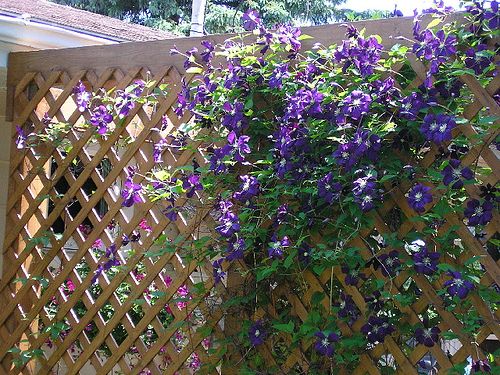
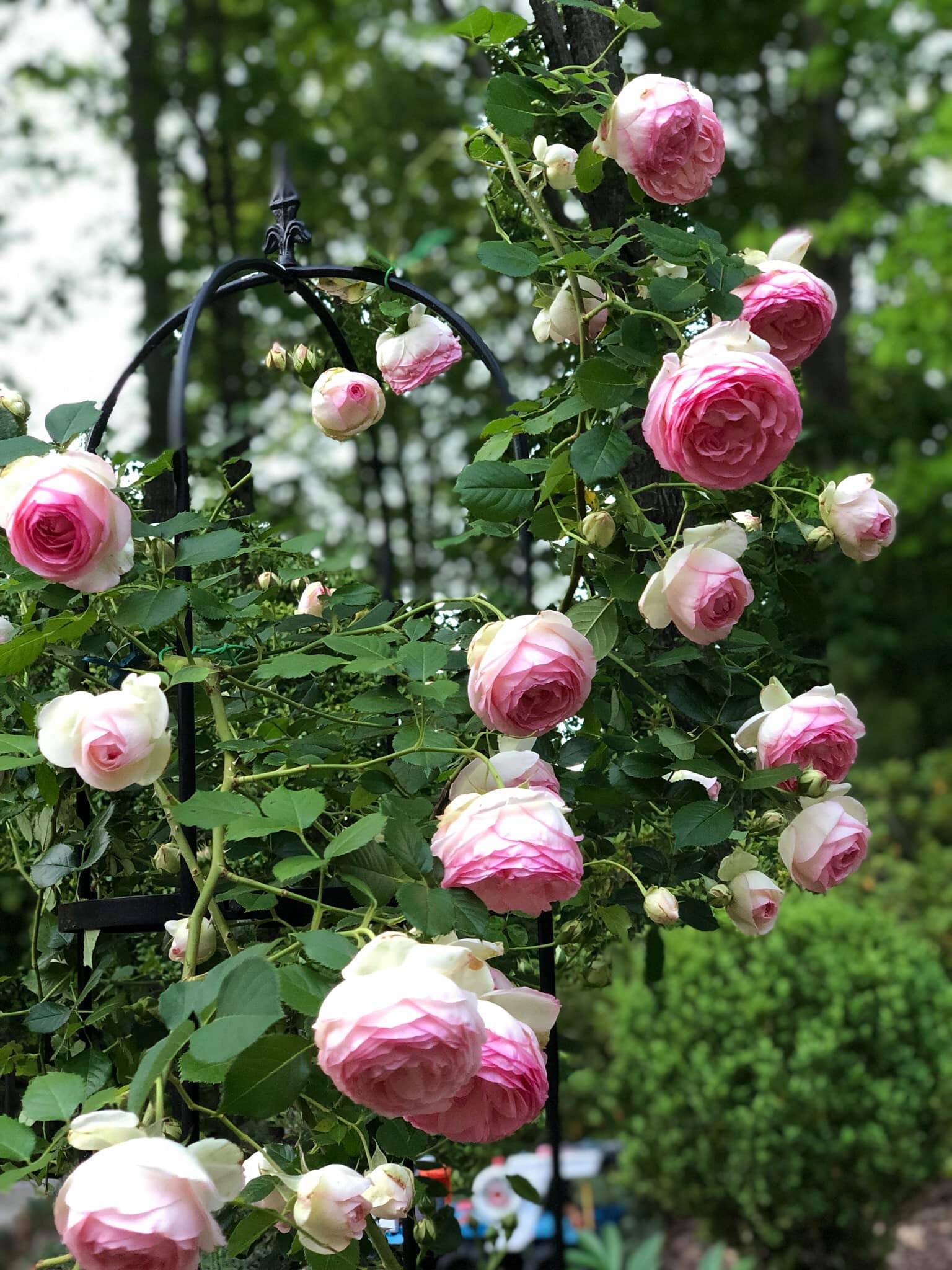
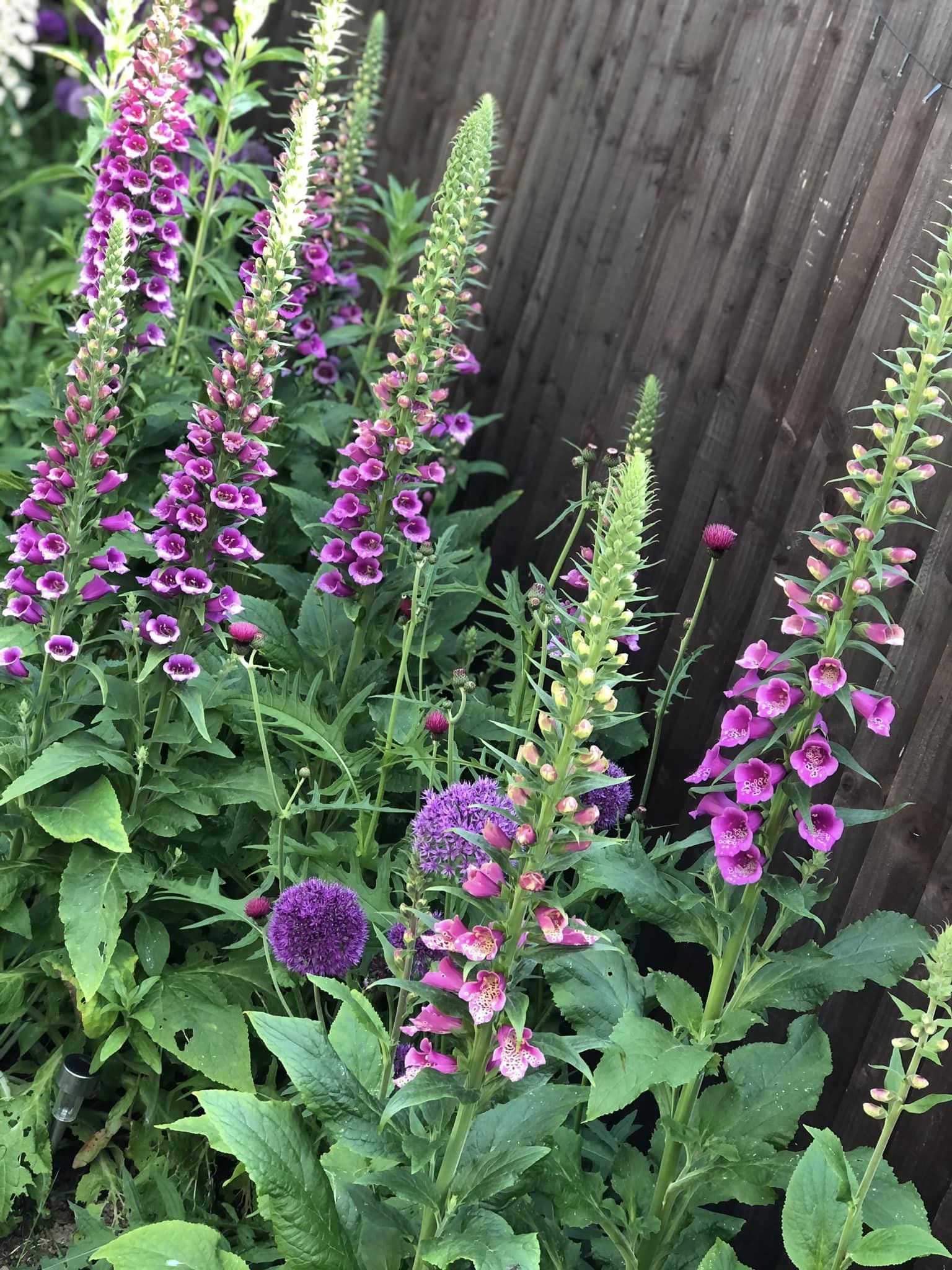

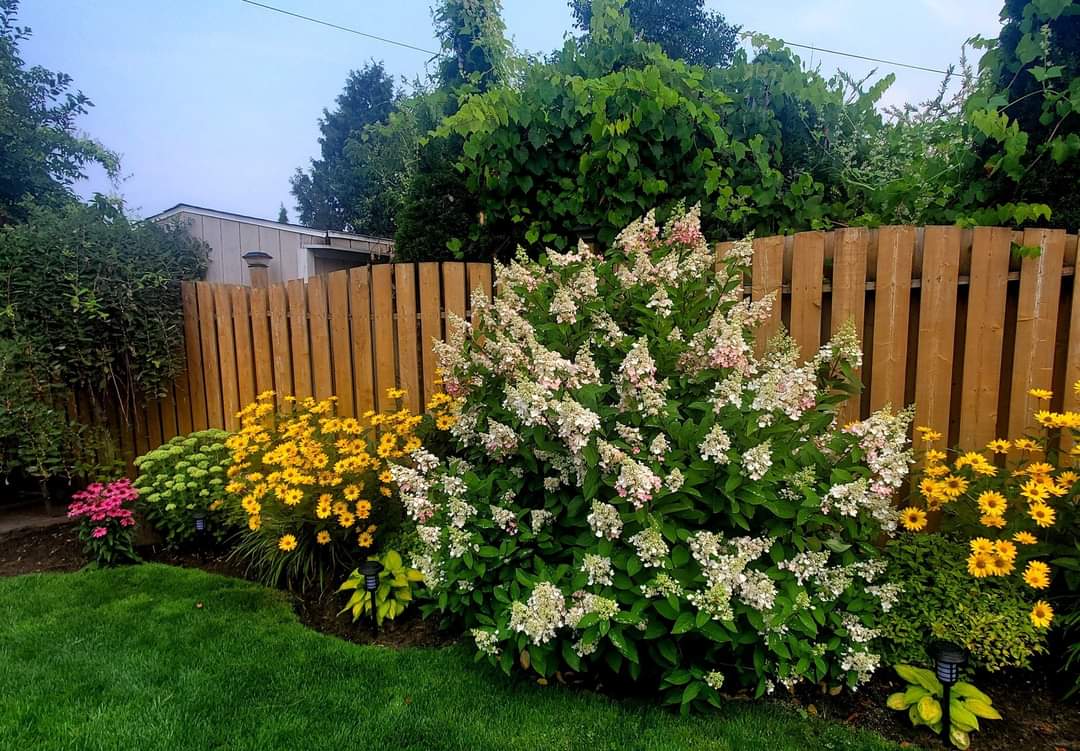
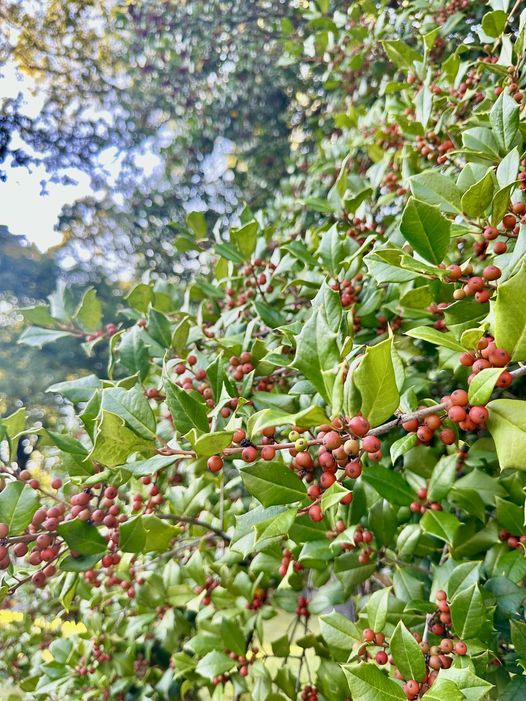
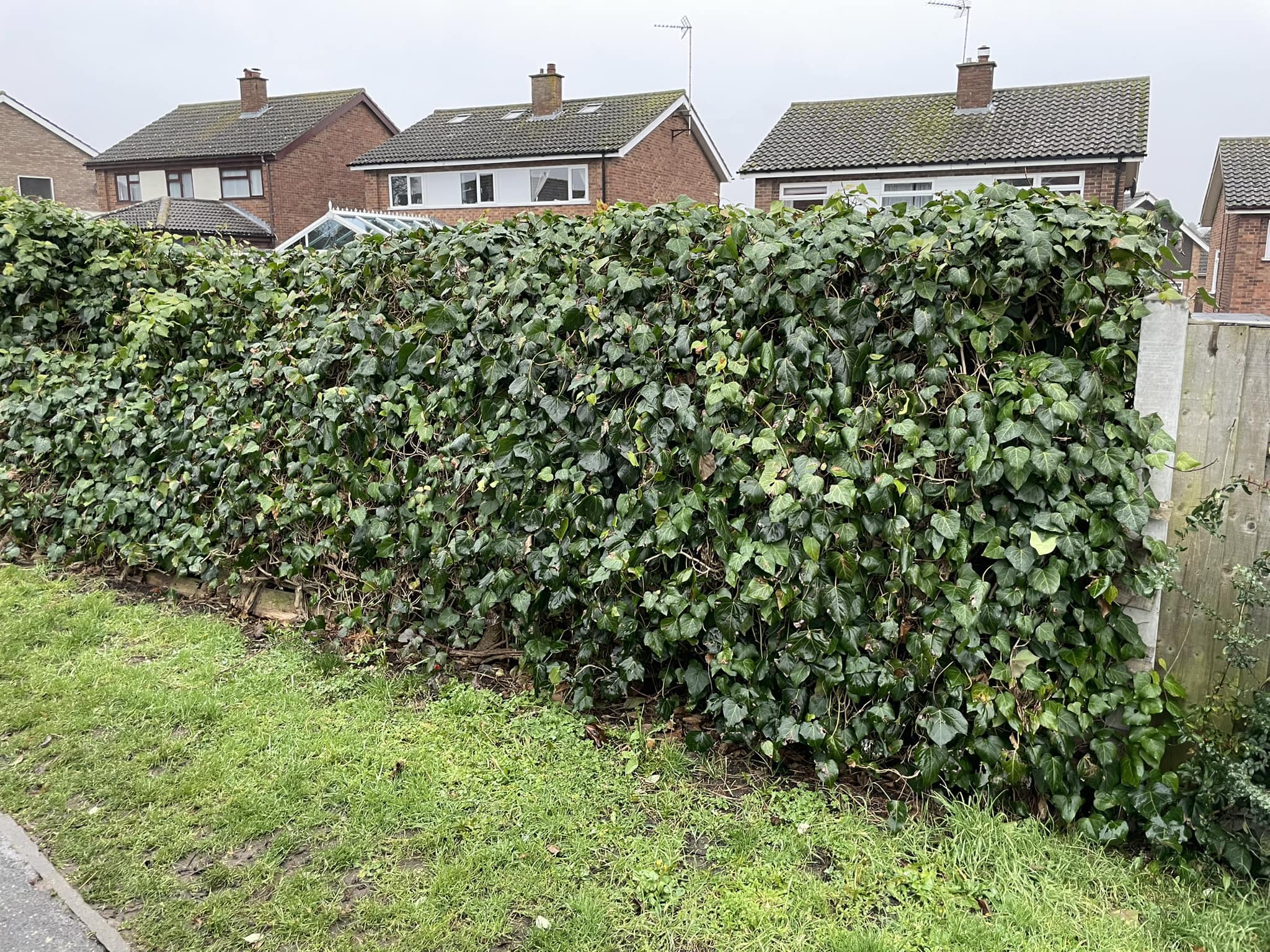

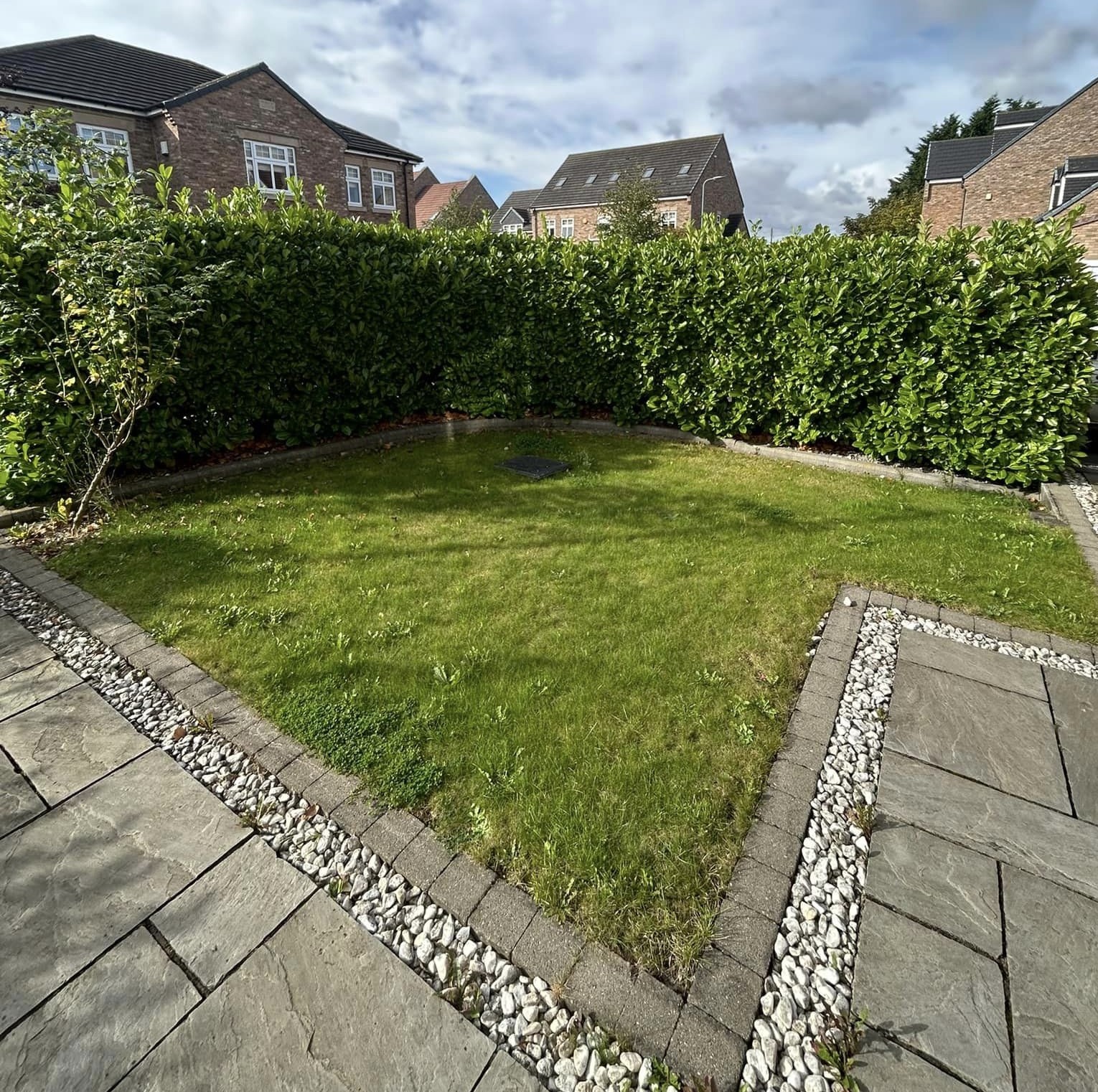
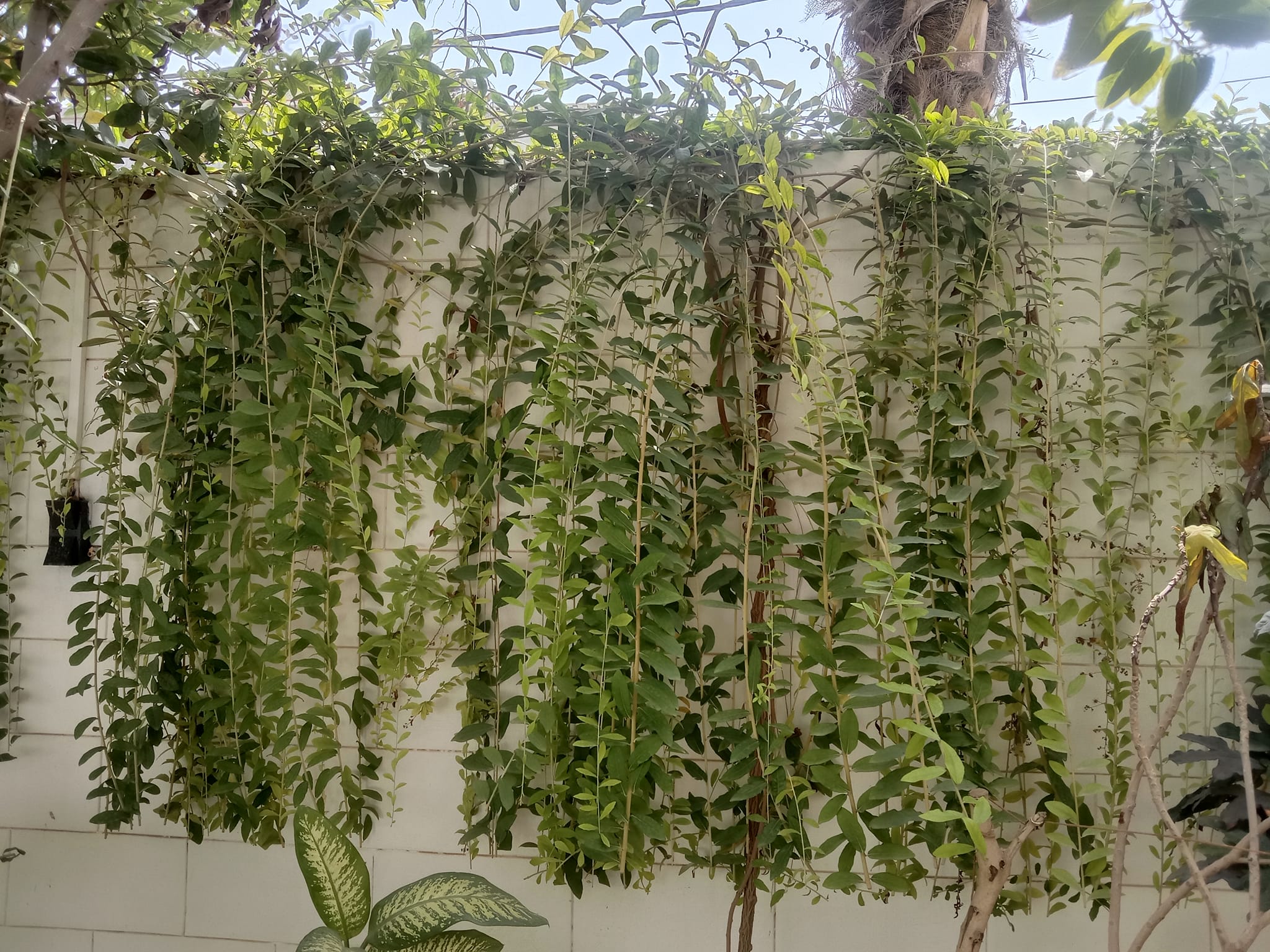
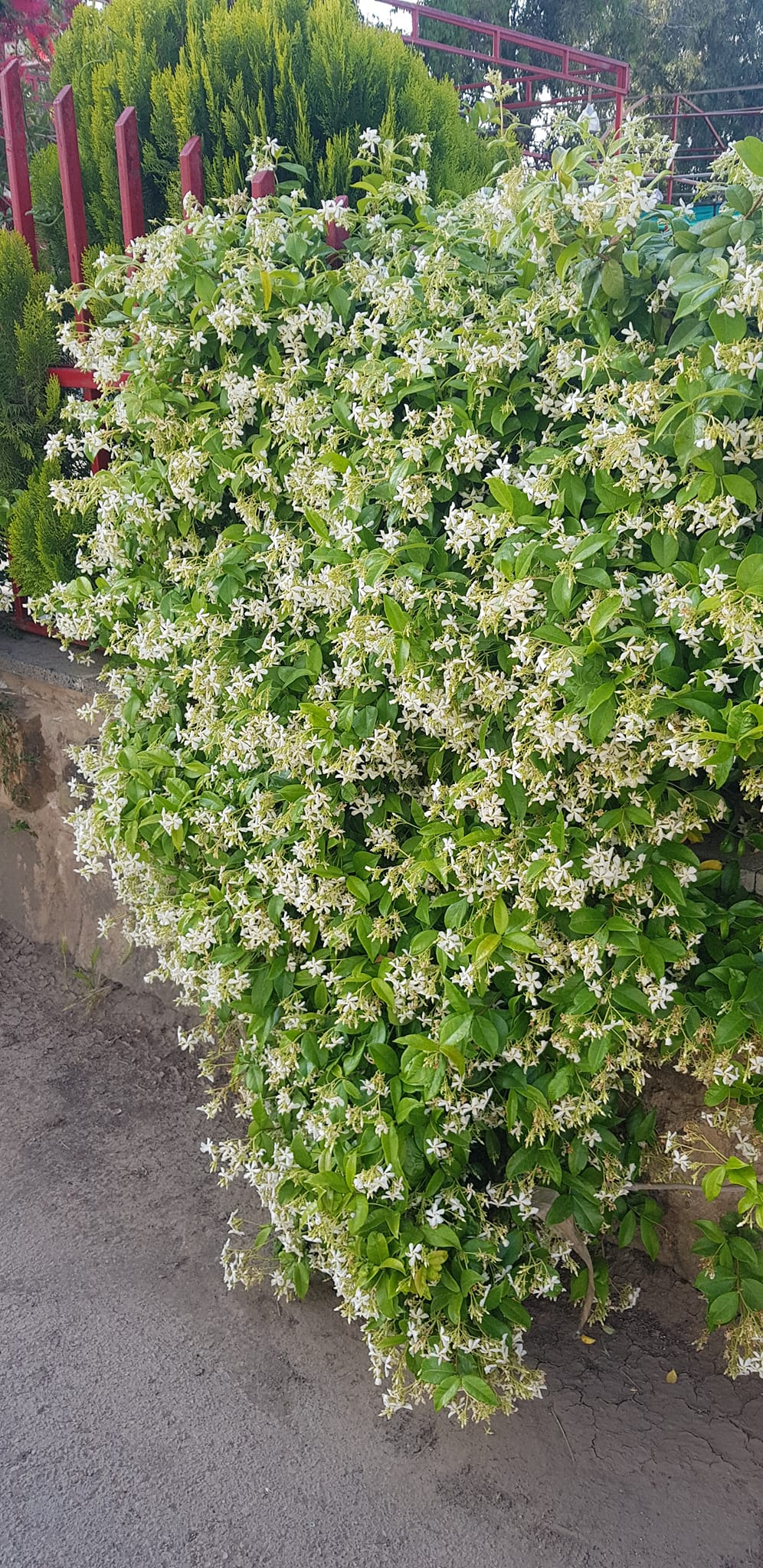
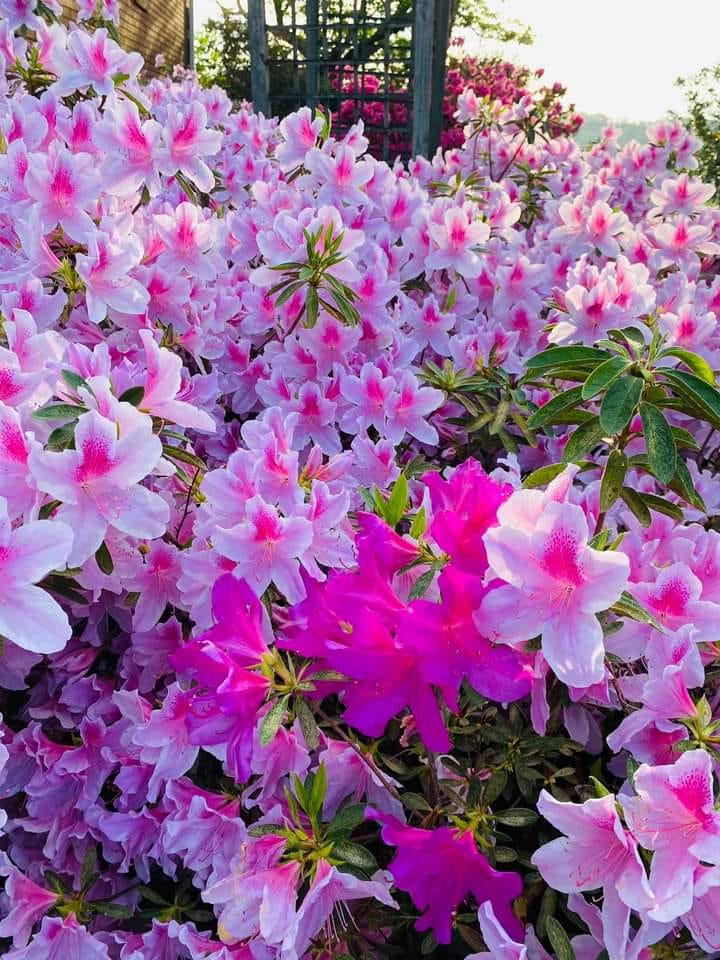
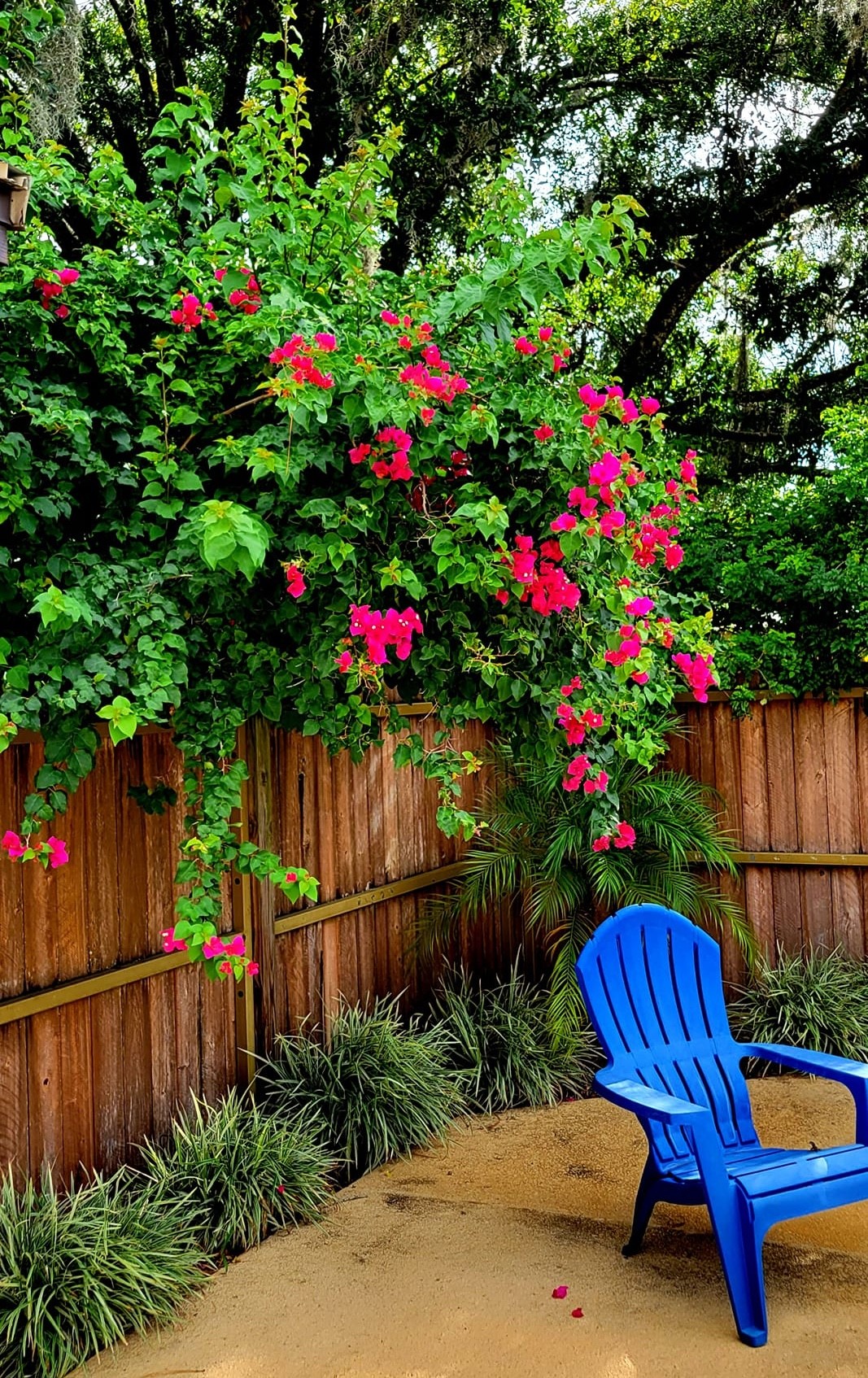
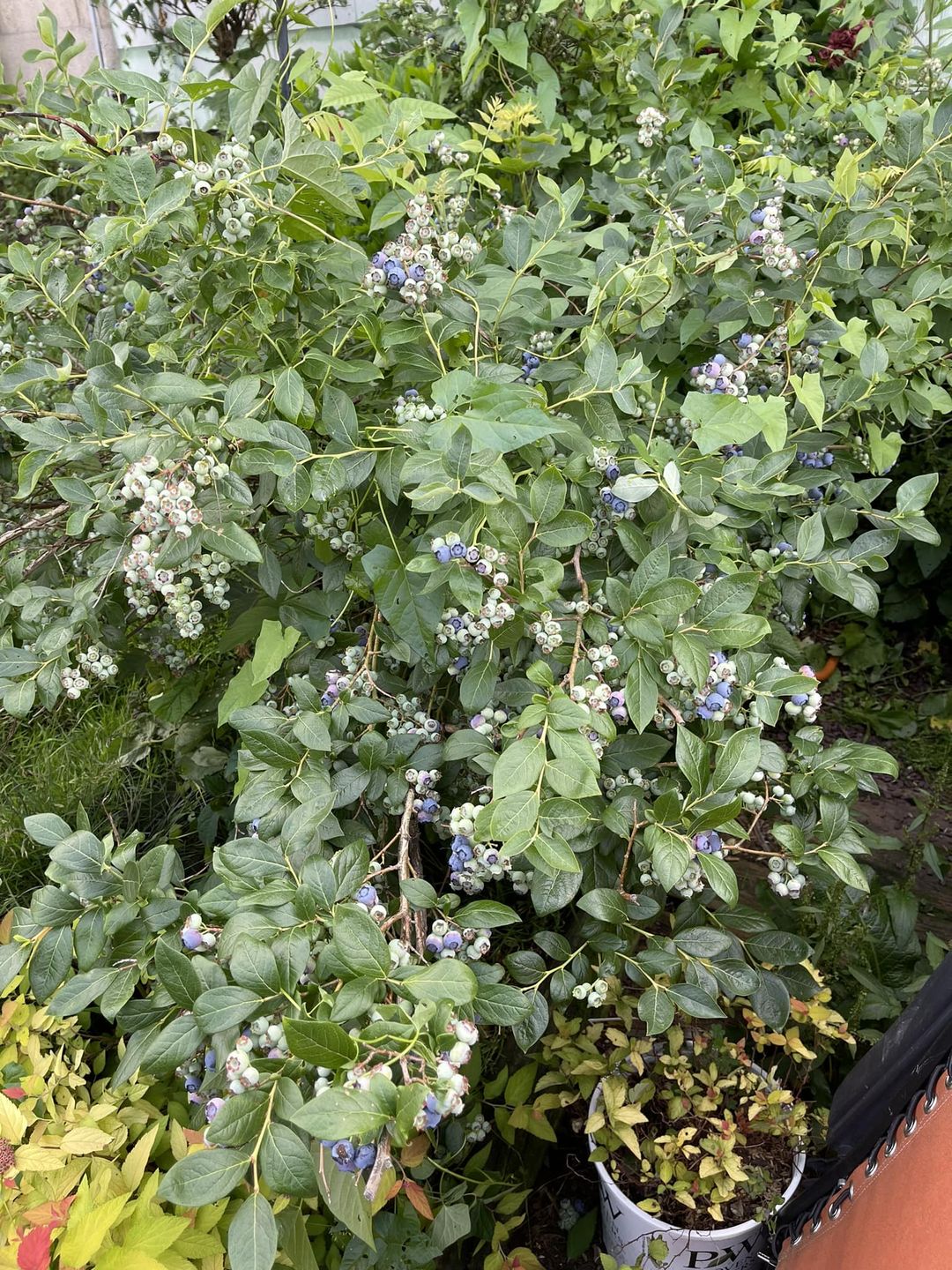
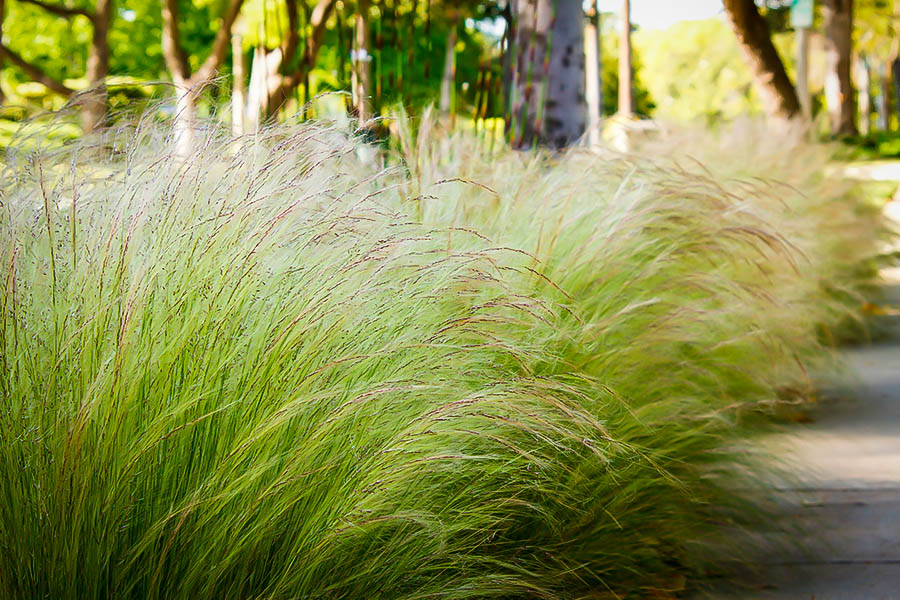
I want my in front of my fence to look just like this photo! Do you know all the plants that were used here? Thanks!!
What To Plant Along The Fence Line: 15 Excellent Choices
Hello Tiffany,
Here are some of the plants: Foxglove, Hollyhock, Coral Bells, Daffodils, Primrose and Hostas